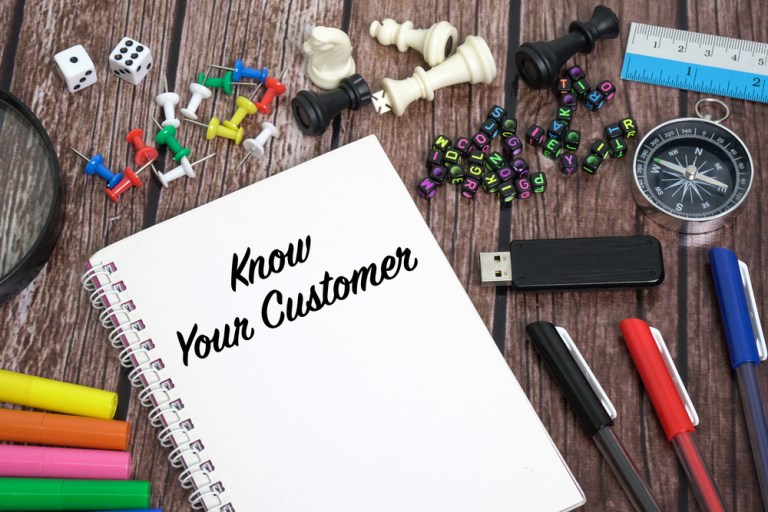
PYMNTS consulted 21 payments executives from across the industry to share their insights on the biggest takeaways from 2016 as part of the “Payments 2016, The Year Of…” eBook. We posed the same question to each executive:
If you had to answer the question, Payments was the year of …, how would you answer, and how does your answer change your world — and the world of payments, more broadly?
Here is the response from Jose Caldera, VP of marketing and products at IdentityMind…
Payments 2016: The Year of KYC for Fraud Prevention
Where Knowing Your Customer Became A Clear Competitive Advantage For Preventing Fraud
Pervasive internet use and the proliferation of smartphones have opened the era of cashless eCommerce. In this era, merchants provide a wider range of payment options to a wider range of customers. However, as digital payments grow at a staggering pace, so do fraudster efforts to siphon off some for themselves. The rise of card-not-present (CNP) fraud is reaching new heights with the adoption of EMV for card-present payments, the growth of eCommerce, and the unfortunate breadth and frequency of data breaches.
While increased digital transaction volume may be enough to throw some businesses off their game as they try to find the needle in the haystack, fraudsters are also evolving their tactics, making them even harder to detect. Online commerce needs to deal with stolen cards, friendly fraud and even valid credit cards that are the result of account origination fraud. Fraud rings that used to specialize in counterfeit card fraud are now focusing on identity theft that enables them to perform new account origination fraud. With valid stolen identities or carefully crafted synthetic identities, fraudsters can get issued valid credit cards, which ultimately end up being used for fraud. Fraud is getting much harder to detect.
With traditional techniques of fraud prevention, a business might use manual methods to try to keep up with fraud. This is tough because manual processes cannot keep up with high-digital volumes without adding more employees, which increases operational costs and may lead to loosened risk standards and losses that eat up profits. Then there’s the matter of uneven analysis resulting from the gap between the best analyst to the newest one and the lack of information sharing that can make cross-transaction trends harder to detect.
Fraud prevention technology can address many of these issues. Automation can lead to around-the-clock efficiency with the quality of your best analyst. Making sure that the increased transaction volume doesn’t send your expenses through the roof. With the advantages of software as a service, machine learning and even artificial intelligence, trends can be seen across transactions and over time more effectively.
However, traditional fraud prevention technologies can’t address fraudsters’ evolving attack models. The risk management game is moving toward understanding who is behind a transaction. Solutions that use few attributes as proxies for identities such as device fingerprint, ZIP code or email address are not sufficient to detect the average fraudster, let alone to detect the sophisticated ones.
The more you know about the identity of your client, the easier it will be to assess the risk of a payment transaction.
In today’s identity economy, where knowing your client is essential to gaining a competitive advantage, companies build digital user identities that are far better than their physical/analogue equivalent. These identities are built from information that they enter via their profiles, transaction information and current usage information and are further expanded by how their digital attributes behave in applications outside the company, such as via social media, the deep/dark web, banking, remittance and many others.
From the fraud prevention perspective, the identity behind a transaction is securely and privately compared with those that have already appeared across the identity network and are risk-scored to ensure that real trusted users are fast-tracked and those suspicious unknown are carefully evaluated.
The identity economy will be powered by platforms that allow companies to keep up with ever-increasing transaction volume while shifting the advantage to the business. Fraudsters won’t be able to hide behind volume, disjointed systems or complex schemes. Data will be the driver that identifies the good guys with whom businesses want to work and the bad guys who need to be stopped or carefully reviewed. And in the identity economy, businesses can decide the level of risk that makes sense for them so that they can expand to new markets or double down on their existing customers.
. . . . . . . . . . . . . .